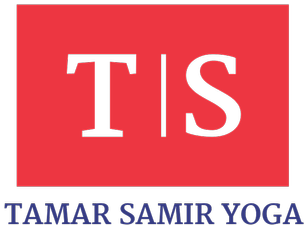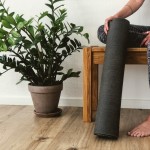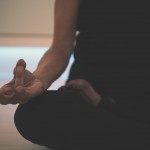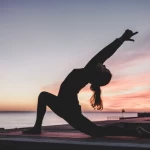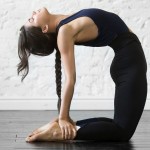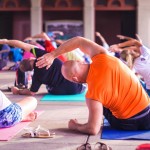"TamarSamirYoga is your online yoga studio that allows you to practice yoga at home 24/7. Find yoga videos, exercise programs, and articles on yoga & meditation."
Can't sit cross-legged or touch your toes? Welcome to the (not at all exclusive) club! Some people discard the idea of starting yoga because they don't feel flexible enough. It is just a cliché that yogis have to be human pretzels. Yes, yoga is actually particularly helpful for you if you are very tense and totally stiff. Because it is a wonderful and very effective method to bring more freedom in body and mind.
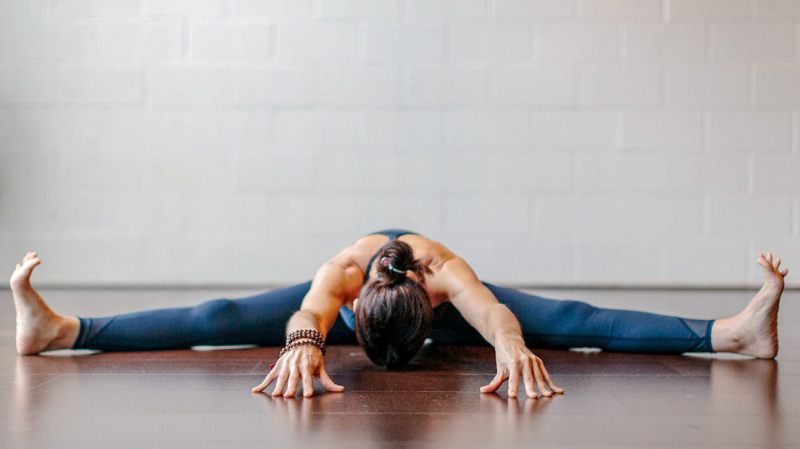
There can be an infinite number of reasons for restricted mobility - your anatomy, the weather, the time of day, your inner attitude. Age and gender also play a big role. Yoga is also not about being particularly flexible, but about doing something good for you and your body: building up strength, developing balance, relaxing, feeling your own body more, getting to know and love it. And of course, with regular practice, physical mobility improves significantly. This has wonderful advantages - you no longer have tension, back pain and headaches take on, you feel younger and fitter, you have more energy.
Nevertheless, it can be frustrating at first when your upper body can not be moved three millimeters forward while sitting forward. Perhaps the following thought will help you: Your body cannot be compared to any other in the world and, in case of doubt, has good reasons for its stiff hips. We guarantee: If you lovingly ask him again and again to let go a little more, to relax and to enjoy the small steps, then you will gradually become more and more open. Just think of marathon runners: they didn't wake up one morning and run 42 kilometers relaxed ...
Conclusion: If you don't go to yoga because you don't find yourself flexible enough, you not only stay stiff and tense, but you also miss out on many other wonderful experiences. So, don't be put off by the knotted circus yogi: nis on Instagram and Co.!
The two types of flexibility
But let's take a closer look at the subject of mobility. In general, people can be divided into two physically different types: those who are naturally flexible, who can concentrate on building strength and stability - and should also so that they do not wear out their joints during yoga practice. And those who are naturally strong, who can easily maintain a strenuous stance - and should rather concentrate on stretching and stretching so that their muscles and fascia (more on this below) do not become too tense.
1. Men: More strength & less flexibility
Women are often more flexible and men have more strength. Yes, men often find it difficult to take a "simple" seat on the floor. Instead, they are often enthroned on piled blocks, their backs bent, their knees under their chins. There are quite a few men who, after such an experience, never want to enter a studio again in their first yoga class. It's a shame.
In addition to strength, endurance and speed, mobility is one of the four basic motor characteristics of humans. To be flexible means to be able to optimally utilize the natural range of motion of the joints. To do this, the elasticity of muscles, tendons and ligaments must be maintained through regular stretching.
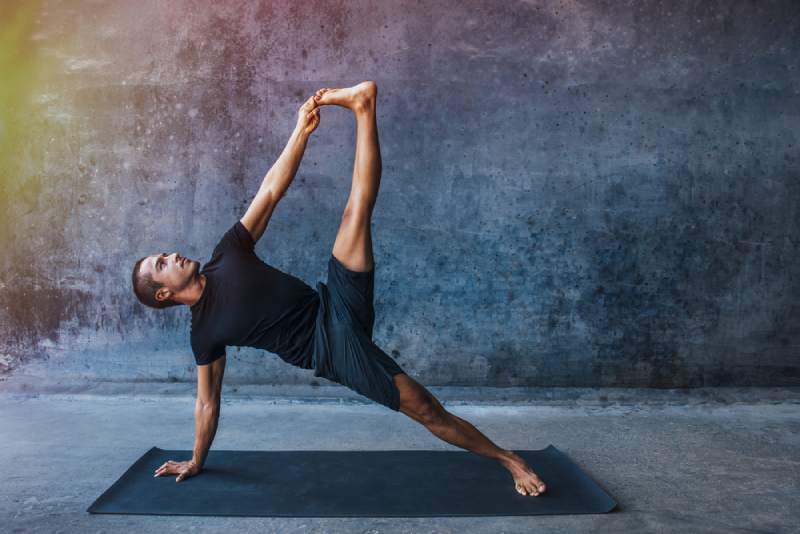
Since men build muscle faster than women, they are also more prone to tension. In particular, the anterior thigh muscles, the posterior thigh muscles, the back extensors and the chest muscles show higher muscle tension, called muscle tone. Behind the myth of muscle shortening - attention: muscles are always the same length and cannot be "shortened" - in reality this tone and the respective degree of tension are found. When we are in equilibrium, the tone of the muscles that we move increases accordingly. However, if we tend to move in one direction, for example through a "sitting bent position" at the desk or hard, one-sided physical work, the increased tone becomes permanent and can lead to excruciating tension.
But that doesn't mean that yoga is not suitable for men - on the contrary! Yoga is extremely important for men on the anatomical level. And men also benefit mentally and emotionally in yoga from the fact that they are not under pressure, do not have to compare and prove themselves - and so can also let go and relax internally.
2. Women: More flexibility & less strength
Women, on the other hand, are often more flexible and not infrequently even hyperflexible, i.e. flexible beyond the norm. So-called contortionists, who can tuck their legs behind their heads while standing, were circus attractions in the 19th century that contributed to the fact that yoga became known as a crass body technique - long before anyone could remember what other yoga could do.
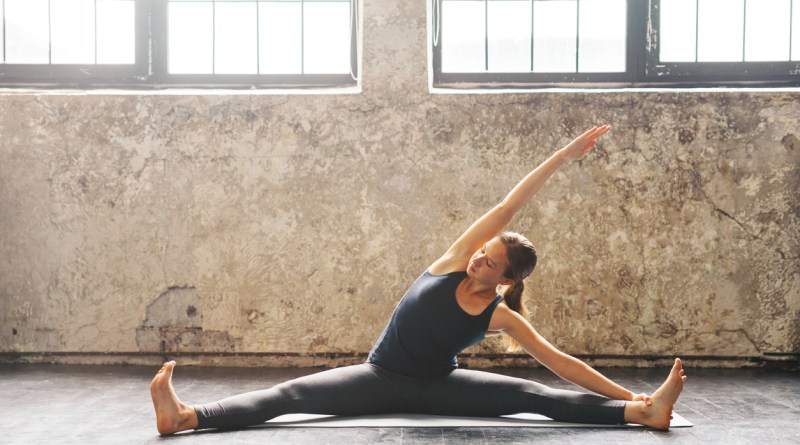
As graceful and elegant as it may look when hyperflexible people slide into the splits or relax in the lotus position, this fun is risky in the long run. Many of these particularly agile yogis suffer from knee and hip problems in their later years. Because unfortunately such an extreme flexibility is often a bit addicting. Which is why those affected often go massively over their physical limits over and over again for years and thus cause themselves permanent damage.
So for people who are hyper-flexible, this ability is not without its dangers. You have to learn to take countermeasures in order to protect your joints. This requires the appropriate knowledge, great mindfulness towards your own body and self-discipline. At this point, yoga helps with insights from deeper levels. As soon as you feel that you are not only going beyond your limits, you should ask yourself why. After all, a perfect balancing act has no value in itself - it neither makes you healthier nor does it good for the world.
In order to prevent excessive demands on their own body, I recommend all yogis who like to overdo it when stretching to practice standing stretching postures, such as the standing splits. Because in such postures you can test your balance, feel exactly what is going on at the same time on all levels, physical, emotional and spiritual. This sharpens your attention, lets you listen carefully to how much stretching is good, when it is too much, where you are too daring.
The benefits of agility
So is flexibility bad? No! A freely moving body without blockages is a wonderful thing.
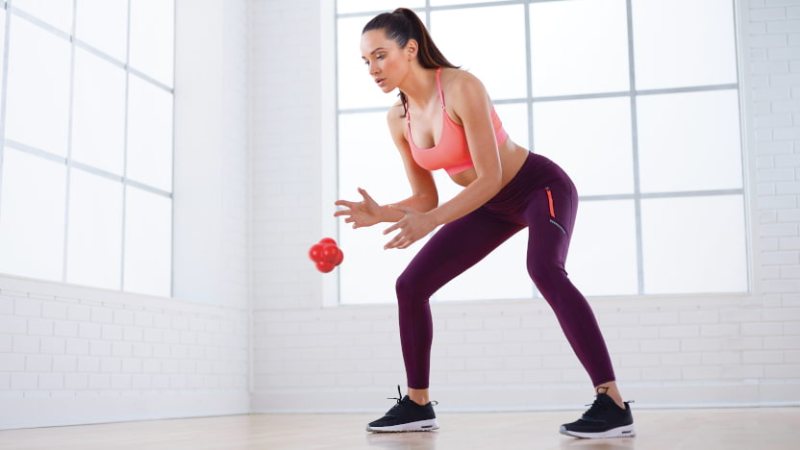
1. A flexible spine keeps you healthy
"We are as young as our spine is flexible."
The extent of your mobility allows conclusions to be drawn about your state of health. After all, it is only logical that someone who moves a lot and has little stress or other stresses and restrictions is more agile. In addition, a flexible spine - not only for energetic reasons - is in some circles the basis for a healthy body. In fact, there are people who say they can tell biological age by how easily people can reach their toes while standing.
2. Supple fasciae keep you young
This also has to do with the fact that good mobility says a lot about how healthy your fasciae are. The fasciae are the connective tissue in the body that envelops all organs and muscles and holds them together inside. Supple fascia not only reduce your risk of injury, but also ensure that you suffer less from tension and headaches, back problems and poor posture. In addition, healthy fasciae ensure that all parts of your body are supplied with nutrients and can thus perform their tasks optimally. And what fascia love most: gentle movements in all directions - just like with yoga.
3. Inner flexibility makes you resilient
But there is also another side to agility: people who are resilient tend to be flexible. Flexible in the way they face challenges, how they deal emotionally with stress. You are open to new ideas, do not cling convulsively to the old. They accept circumstances they cannot change and learn from failures and failures. They don't harden, either physically or in their hearts, if things don't go the way they want them to. Instead, stay soft and experience the ups and downs of life, use anger and sadness as fuel for empathy and courage, recognize opportunities instead of obstacles. And that's an essential part of yoga: realizing that life means change. And that we are much happier when we embrace these changes and go with the flow.
How to gently and carefully expand your mobility
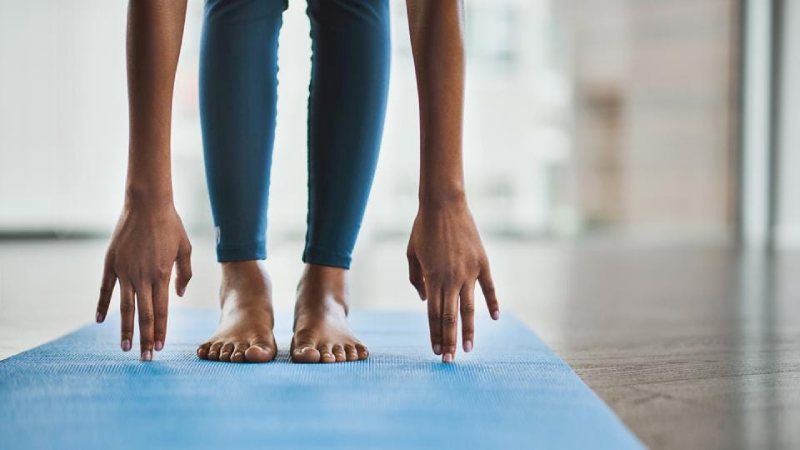
1. Listen to your body
No teacher expects you to be able to touch your toes overnight - so stop expecting yourself to do so, too! Instead, start listening to your body. Because that is the key to success. If you carefully and lovingly expand your limits again and again, depending on how you feel during the day, you will become more and more free in your movements.
2. Loosen up inside
It is important that you do not get stuck on the idea of mobility inside. Because you cannot create a moving body out of rigid thoughts. The moment you relax and turn off your head, your muscles also let go. You will see that this inner attitude alone makes a difference.
3. Stick with it!
The last one is also the most important rule: practice. Practice regularly - even if it's only ten minutes. Stick with it even if you are not seeing any progress. Stay tuned, even if it's summer and everyone is only in the outdoor pool. Practice when you are stressed, including when you are on vacation. Because the constant drop wears the stone - just like the constant Baddha Konasana opens the hips ...
You will probably never sit in the lotus position on the cover of the "Yoga Journal" - but what the heck! If you practice regularly, you'll quickly notice your progress and health benefits, and that's worth a thousand times more than the most impressive Instagram photo.
